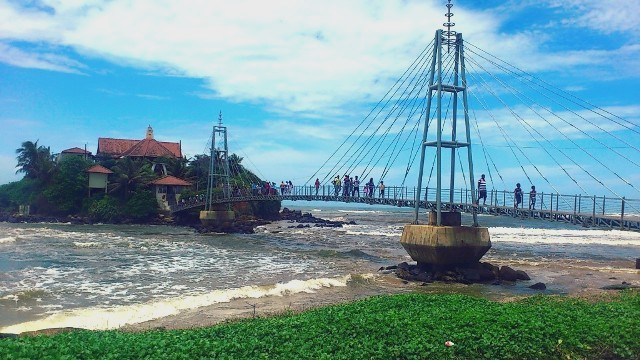El Museo Nacional de Turcas y Caicos en Cockburn Town exhibe lo que se consideran los restos de un naufragio más antiguos del continente americano: una carabela hundida en el Arrecife de Molasses en 1513.

Pigeon Island has the luminosity conferred by the shades of the sea and its exuberant vegetation, to which is added that magical touch that splashes its history represented in cultural monuments and historical characteristics of the different civil, military and sailors movement that happened in other times.
It has a series of attractions and heritage services that include the ruins of military buildings used during battles between the French and the British for the island of Saint Lucia and a lookout on top of Fort Rodney that offers a panoramic view of the northwest coast.
It is one of the most beautiful places in St. Lucia and since 1979 it was declared a National Park, with its two fabulous beaches, a local restaurant and the 18th century ruins of Fort Rodney, scenario of a French-British battle. Fort Rodney was built on the smaller of the two peaks in Pigeon Island by the English admiral of the same name and it constituted an important fortification in times of war, since it allowed to spy on French ships from the neighboring Martinique.
They are still old canyons and part of the building that make the stories interesting told about the events of yesteryear. Although Pigeon is referred to as an island, it is actually a peninsula, surrounded by the Atlantic and the Caribbean Sea, and it was separated from St. Lucia until it was artificially connected in 1972 by a road built from the earth excavated to form the Rodney Bay Marina.
Pigeon Island is a 44-acre Historic National Park with sloping grasslands, dry tropical forests, beaches and twins peaks.
In May, the island takes the appearance of "Woodstock of the Caribbean", when it hosts the International Jazz Festival.
The Government of St. Lucia recognized the need to ensure this site where the balance of naval power was decided at the end of century, and designated Pigeon Island as a National Park in 1979 and as a National Monument in 1992.

El Museo Nacional de Turcas y Caicos en Cockburn Town exhibe lo que se consideran los restos de un naufragio más antiguos del continente americano: una carabela hundida en el Arrecife de Molasses en 1513.